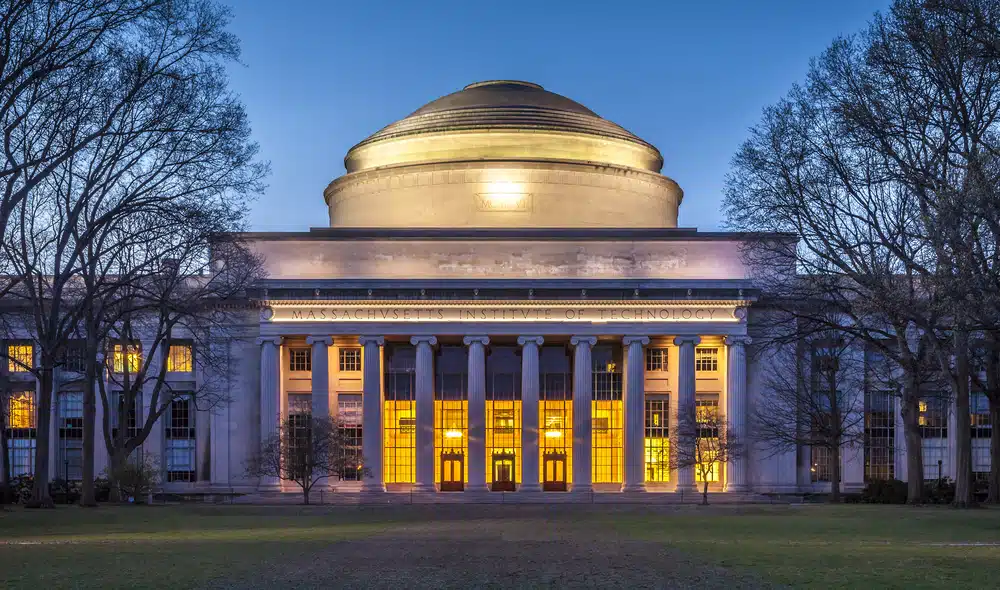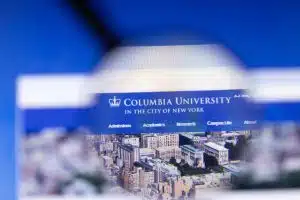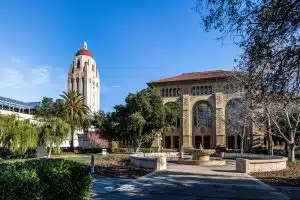What are the Best Majors at MIT?
What are the best majors at MIT? At the Massachusetts Institute of Technology (MIT), students have a wide array of majors to choose from, including Writing, Women’s and Gender Studies, and Political Physics. While MIT is often most associated with its exceptional math and science programs, every major presents its own unique learning experiences, enriching courses, and renowned faculty.
It’s essential for students to prioritize finding a major that aligns with their personal interests and future career goals, ensuring they harness the best of what MIT provides. Given the extensive research opportunities the institution boasts, it’s understandable that many students gravitate towards fields emphasizing experimentation and analysis. MIT is remarkably esteemed for its top-tier programs in applied sciences and engineering. Below is a list of the best majors offered at MIT.
Aerospace Engineering
MIT’s aeronautical engineering department stands as the nation’s oldest and most esteemed, making it a top pick among MIT majors. Graduates are equipped for roles in commercial aviation, telecommunications, and military aviation.
Bioengineering and Biomedical Engineering
MIT excels in biological engineering, emphasizing cutting-edge research and technology. The programs focus on merging engineering with bioscience, preparing students to tackle medical challenges. Its offerings in this domain are globally acclaimed.
Biology
MIT’s biology programs have consistently received accolades. The department places significant emphasis on research and houses many luminaries in the biological sciences.
Chemical Engineering
MIT’s chemical engineering program keeps students abreast of the latest advancements, including innovations like cell-sized robots, encouraging hands-on research.
Computer Science
MIT’s renowned computer science department draws a vast pool of applicants annually. Its curriculum covers present-day techniques and future technological trends, prepping graduates for roles worldwide across various sectors.
Electrical and Electronics Engineering
MIT’s Electrical and Electronics Engineering program is globally recognized. Research-centric, it prepares students for diverse career paths in the domain.
Materials Engineering
While materials engineering might be overlooked at some institutions, it’s a prominent choice at MIT. The course delves into the assembly of atoms and molecules into robust structures. Related resources are also accessible online.
Mechanical Engineering
Mechanical engineering reigns as MIT’s most popular engineering major, second only to computer science in graduation rates. Research into pioneering mechanical engineering solutions is a primary focus here.
Mathematics
Beyond its fame in computer science, MIT’s mathematics department consistently ranks among the globe’s elite. Students can specialize in applied, pure, or general mathematics.
Physics
Physics is not only a favored discipline at MIT, but many graduates also dual major in areas like computer science, mathematics, or economics, showcasing the department’s emphasis on producing versatile professionals.
In the dynamic academic landscape of MIT, each major is uniquely tailored to foster innovation, critical thinking, and hands-on experience. While the institution is renowned for its offerings in science and engineering, the true strength of MIT lies in its dedication to holistic education, ensuring that students, irrespective of their chosen field, are equipped with the skills and knowledge to shape the future. Whether one is passionate about aerospace, computer science, or bioengineering, at MIT, every major is a gateway to unparalleled excellence and global impact.
How Do You Decide on Your Major?
Choosing among the plethora of majors at MIT, or any institution, stands as a pivotal decision for incoming college students. A survey indicates that if given a chance to go back, 61% of college alumni would opt for a different major.
Nonetheless, not all graduates feel regret upon obtaining their degree. Below is a compilation of key factors to weigh when choosing a major, accompanied by guidance on picking the right college after settling on your academic path.
Self-Assessment
Begin by introspecting on your strengths, interests, and passions. Consider what subjects or activities have historically excited you. Were there any projects or classes in high school or otherwise that you particularly enjoyed? Sometimes, it’s beneficial to take personality or career aptitude tests to help pinpoint areas of interest.
Research
Dive deep into the curriculum of potential majors at MIT. Look into the courses offered, faculty members, and the kind of research or projects undertaken. This will give you a better idea of what to expect and what aligns with your interests.
Job Prospects
While passion is crucial, practicality matters too. Look into the potential career paths each major can offer. What are the employment rates for graduates from each department? Are there specific industries or companies you’re interested in that recruit heavily from certain MIT programs?
Engage
Attend departmental orientations, workshops, or seminars. These events offer a first-hand experience of the major, and you can gauge your fit and interest level. MIT also offers many clubs and organizations; joining a few can provide insights into specific fields.
Seek Guidance
Talk to current students, alumni, or faculty from the departments you’re considering. Their experiences can provide valuable insights. Moreover, MIT’s academic advisors or career counselors can offer personalized advice based on your academic performance and extracurricular involvement.
Flexibility
Remember that MIT, like many universities, allows students to switch or add majors. Sometimes the best way to know if something is right for you is by trying it. Consider starting with a broader major that offers various courses before specializing.
Future Vision
Think about where you envision yourself in the next 5, 10, or 20 years. Some majors might align more directly with certain long-term goals, whether entrepreneurial, research-oriented, or industry-specific.
Balance Passion with Practicality
While choosing a major that resonates with your interests is essential, consider the workload, the skills you’ll acquire, and how they align with the future you envision for yourself.
Course Load
Some majors might have a more demanding course load than others. Consider your academic strengths and how much time you’re willing to dedicate to your studies versus extracurricular activities or other commitments.
Listen to Your Gut
Sometimes, after all the research and reflection, it’s a gut feeling that can guide you best. Trust yourself and remember that no decision is set in stone.
Ultimately, deciding on a major combines self-reflection, research, and seeking external perspectives. While the choice is significant, it’s also just one step in a lifelong journey of learning and growth. MIT provides a robust environment for exploration, ensuring that whatever path you choose will be full of opportunities and enriching experiences.
What are Your Chances of Getting Into MIT?
Among the United States’ premier educational establishments, the Massachusetts Institute of Technology (MIT) consistently secures a top rank. MIT is inundated with applications each year, yet only a handful are admitted into its freshman program. By meticulously preparing ahead of the application deadline and conducting thorough research about the institution, aspiring students can enhance their chances of securing a spot, even amidst the fierce competition.
For the Class of 2026, MIT saw a staggering 33,796 applications but extended offers to only 1,337 students. This successful 3.9% represented over 900 unique high schools from all 50 states and 65 different countries.
MIT’s dedicated admissions team meticulously reviews each application, considering candidates holistically. The application count for the Class of 2026 stood at a record 33,796, marking a 2% increase in both Early and Regular action applicants from the prior year. Notably, these figures were considerably higher than the pre-pandemic average of around 20,000 applicants.
Unsurprisingly, those gaining admission to MIT often showcase exemplary standardized test scores. To illustrate, the competitive score range for MIT admission is incredibly narrow. In 2018, over 75% of the admitted students boasted SAT Math scores of 780 or above. Only one in the class of over 1,400 had an SAT Math score below 700. Even with slight modifications to the SAT ERW scoring, a majority still scored 720 or higher.
However, MIT’s admissions process isn’t solely predicated on test scores and statistics. The institute adopts a more holistic approach to admissions, valuing a myriad of attributes in its candidates.
If you need help with which among the different majors at MIT to choose from or if you need help putting the finishing touches on your college applications, at AdmissionSight, we have over 10 years of experience guiding students through the competitive admissions process
AdmissionSight can help you put your best foot forward when applying to college this fall. Contact us today for more information on our services.








































